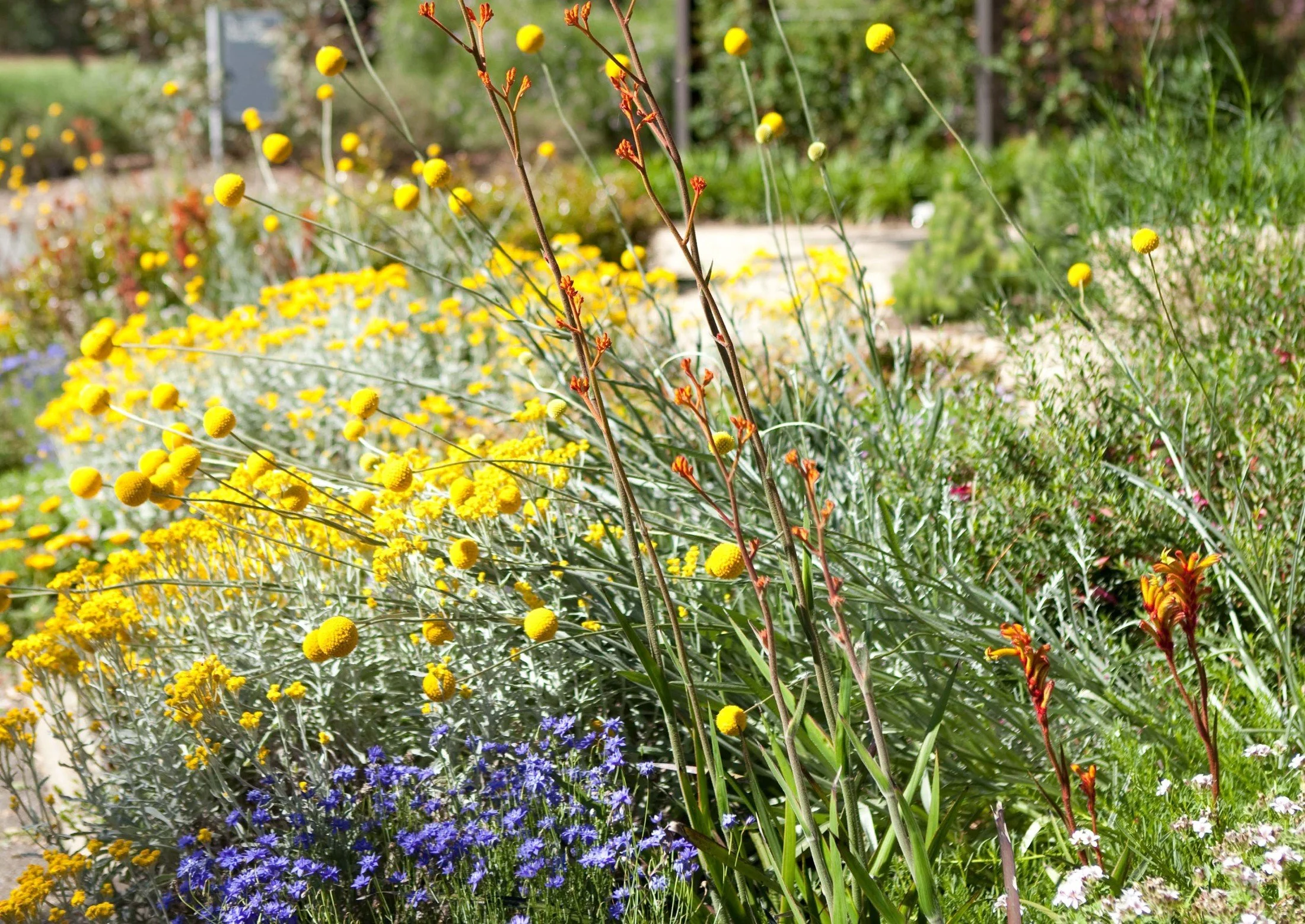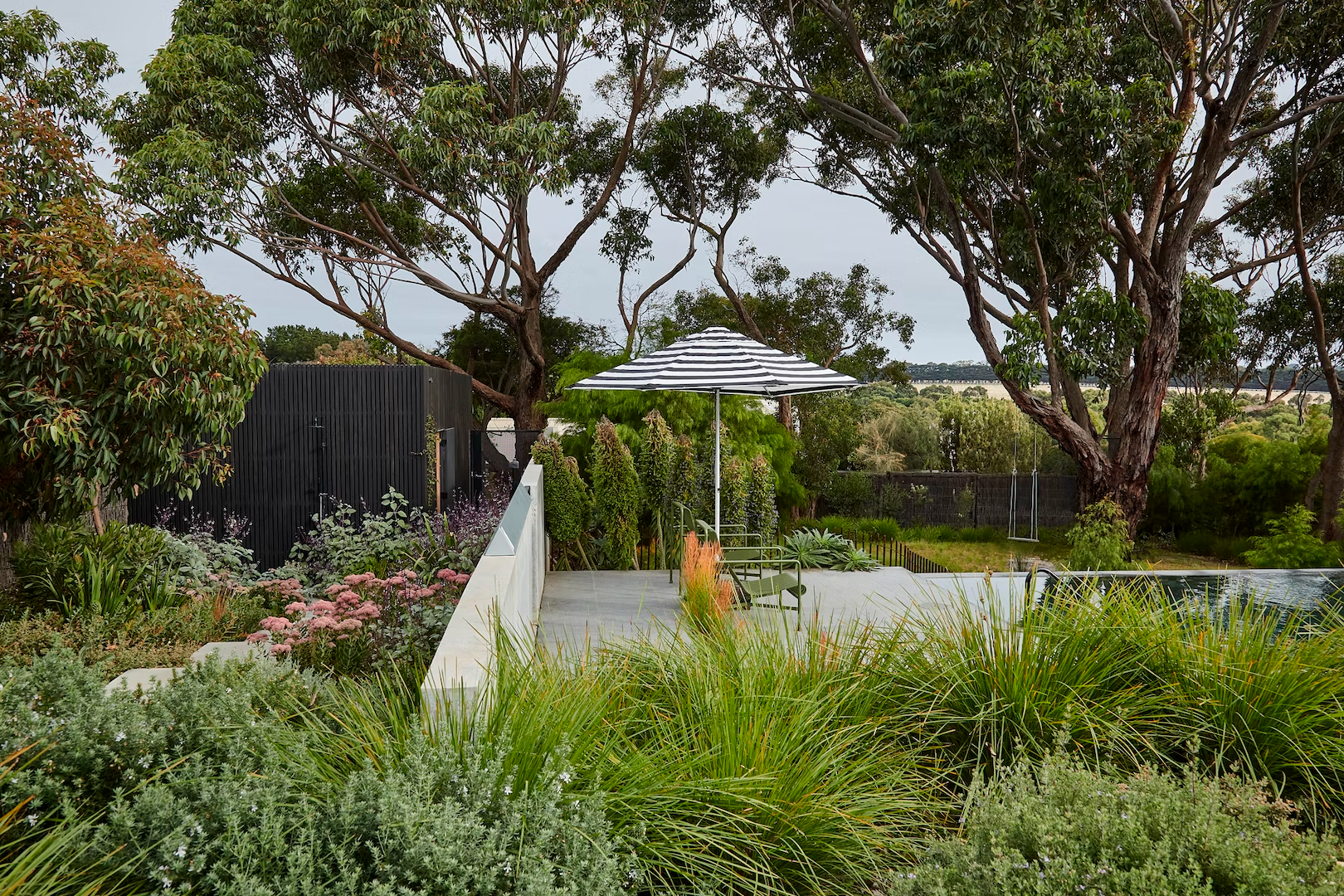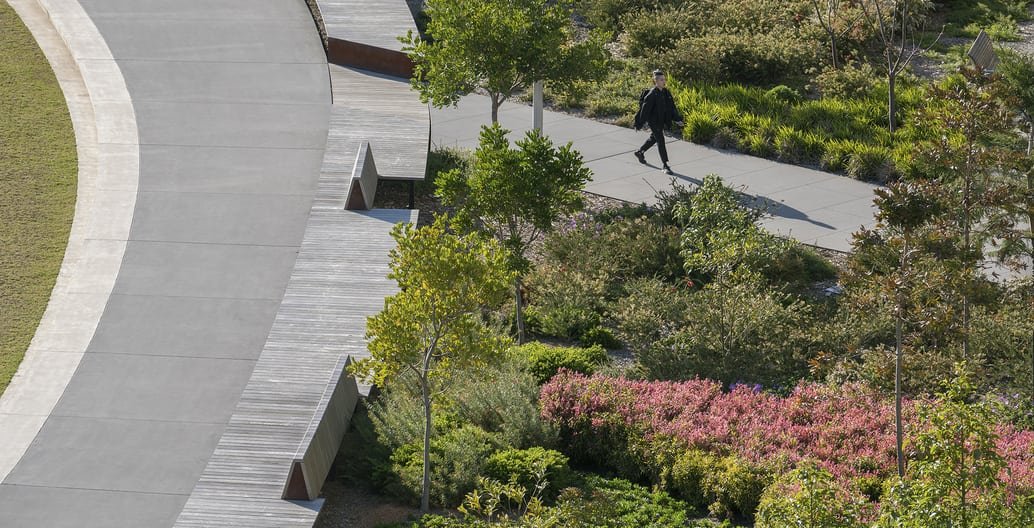The Popularity of Native Species in Australia
Adelaide Botanic Gardens, by Taylor Cullity Lethlean
There has been a surge of interest in the use of native species in landscaping and gardening in recent years. This is due not only to the aesthetic value of these plants, but also to their ecological and cultural significance. Many people across Australia are proud of their country's unique vegetation, and there is a movement to conserve and protect native ecosystems.
One of the primary reasons for the growing popularity of native species is a growing understanding of the value of biodiversity. Native plants and animals have evolved over thousands of years to thrive in specific environments, and they play critical roles in ecosystem balance. The loss of these species has a negative impact on the entire ecosystem.
Furthermore, native species are important for supporting local wildlife. Many bird, insect, and other animal species rely on native plants for food and habitat. We can support local wildlife and promote biodiversity by planting native species in our gardens and landscapes.
Coastal Woodland Garden, by Robyn Barlow Design
Native plants have cultural significance for Australia's original custodians of the land. Many First Nations cultures have strong spiritual ties to the land, as well as its plants and animals. For thousands of years, Indigenous peoples have relied on native plants for food, medicine, and other essential resources. Furthermore, many Indigenous cultures have stories, songs, and ceremonies that are inextricably linked to the land and its plant and animal life.
We can honour Aboriginal peoples' cultural heritage and help to preserve traditional knowledge and practises passed down through generations by preserving and promoting the use of native species. This contributes to the preservation of indigenous cultural heritage and connections to the land. Using native species in landscaping and gardening can also serve as a powerful symbol of reconciliation and a reminder of the important role that nature plays in shaping our cultures and societies.
Another factor contributing to the growing popularity of native species is a growing interest in sustainable land use practises. Native plants are better adapted to the local climate and soil conditions, requiring less water and fertiliser than exotic species. As a result, they are an excellent choice for landscaping in areas where water is scarce, as well as for creating more sustainable and natural environments.
Many nurseries and growers specialise in native plant species and have seen an increase in demand and interest. Greening Australia, for example, promotes the use of indigenous plants in landscaping in both urban and rural areas in order to create more natural and sustainable environments that also support local wildlife.
Monash University Eastern Precinct Landscape, by Taylor Cullity Lethlean
The growing popularity of native species in Australia is driven by their aesthetic, ecological, and cultural significance. As landscape architects, we have the opportunity to play a vital role in promoting the use of native plant species in our designs. By planting and preserving native species, we can create more sustainable and biodiverse landscapes that support local wildlife and honour the cultural heritage of First Nations peoples.
Let's take this opportunity to make a difference and promote the use of native plant species in our designs. It not only helps in preserving the natural biodiversity but also connects people with their country and culture. By working together, we can help to conserve and protect Australia's unique flora and fauna, and create more sustainable and beautiful landscapes for future generations to enjoy.


